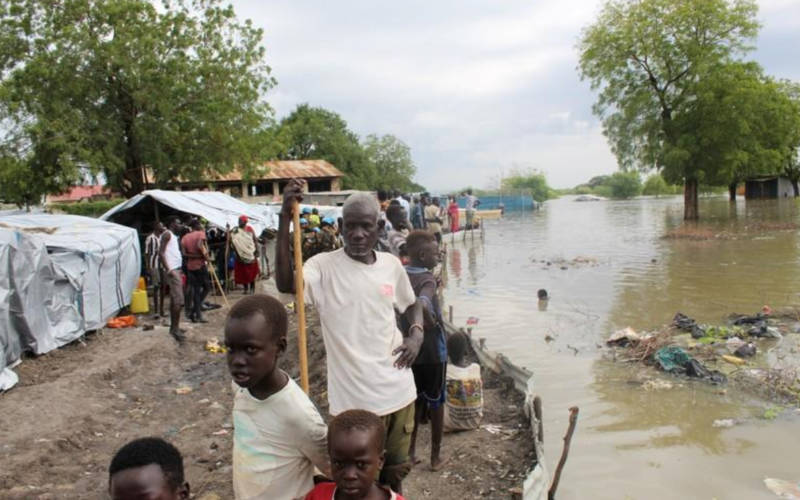In recent weeks, eastern Africa has been battered by relentless heavy rains and catastrophic floods, leading to widespread devastation, loss of life, and the displacement of hundreds of thousands of people. The toll of this climatic onslaught extends across multiple nations, including Ethiopia, Kenya, and Somalia, underscoring the profound impact of climate change on a region already grappling with political and economic challenges.
The United Nations and government agencies report a death toll of at least 179 individuals, with concerns that the actual figures could be higher. Beyond the immediate loss of life, more than three million people in the affected region, which was already confronting its worst drought in four decades, are grappling with the aftermath of the deluge.
Since 2020, persistent drought conditions, exacerbated by climate change, have ravaged crops and livestock, resulting in widespread hunger, malnutrition, and the tragic loss of hundreds of children. The United Nations attributes the current deluge to two climatic phenomena: the El Niño event originating in the equatorial Pacific Ocean, which releases additional heat into the atmosphere, and a similar occurrence known as the Indian Ocean Dipole.
Countries such as Burundi, Sudan, South Sudan, and Uganda have also borne the brunt of the torrential rains, compounding the already dire humanitarian situation. Homes, bridges, and schools have been destroyed, and aid agencies warn of a surge in disease outbreaks, including cholera and malaria.
In Somalia, where 1.7 million people are affected, the government declared a state of emergency in October, facing what the United Nations describes as “once-in-a-century flooding.” Southern regions are particularly devastated, with heavy rains causing major rivers to breach their banks, submerging homes and farms. At least 96 people, including children, have lost their lives in Somalia, and the challenges are compounded by impassable roads and damaged infrastructure, hindering rescue and relief efforts.
Kenya has witnessed over 60 fatalities due to the intense rainfall, displacing thousands and submerging entire neighborhoods in the coastal county of Mombasa. The Dadaab refugee complex, home to approximately 300,000 refugees, mainly from Somalia, has been severely impacted, with a doubling of diarrhea cases in one camp in just two weeks.
Ethiopia faces widespread flooding, submerging large areas of land in multiple regions. Meanwhile, in Sudan, where millions are fleeing a seven-month civil war, thousands of homes have been inundated, adding to the displacement crisis. South Sudan, already burdened by years of violence and malnutrition, is grappling with further displacement caused by rising waters.
Governments in the affected region are scrambling to secure funding to address urgent needs, but disputes over fund allocation have ignited debates, as seen in Kenya. Simultaneously, the United Nations and aid agencies highlight a decline in funding essential to addressing the growing humanitarian crisis.
As eastern Africa confronts the compounding challenges of extreme weather events, political turmoil, and economic uncertainties, the urgent need for international support and coordinated efforts to mitigate the impact and assist affected communities becomes increasingly evident.








